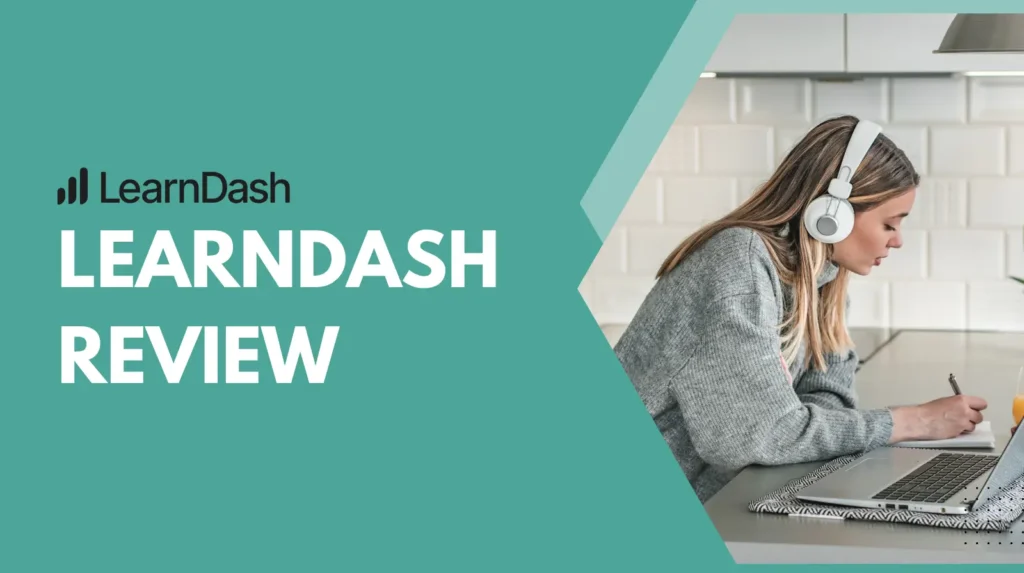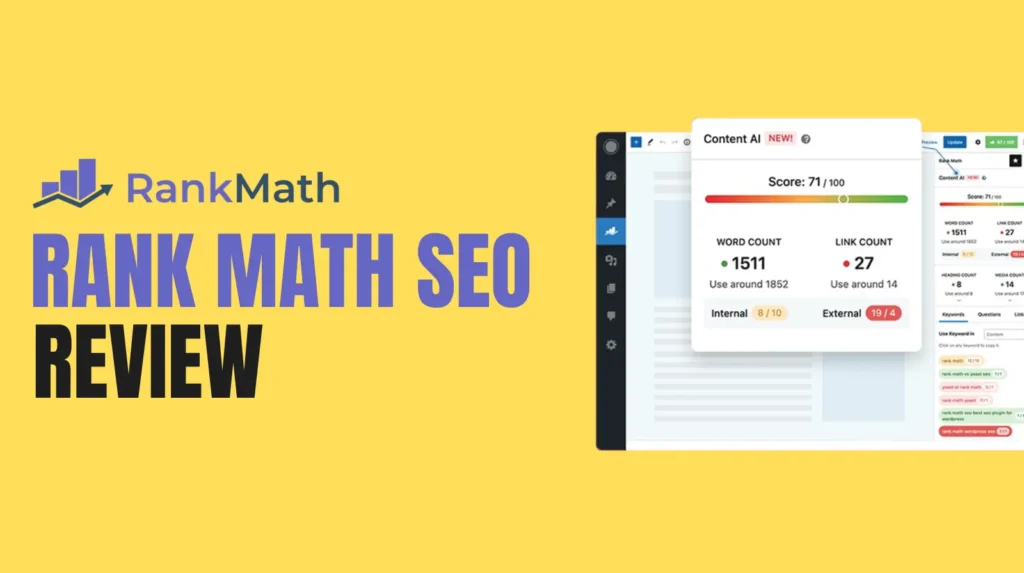The world of writing and publishing has changed dramatically in the last few years. With the rise of advanced generative AI models like ChatGPT, Claude, and Gemini, it’s now easier than ever for anyone to produce high-quality text in seconds. This technological leap has brought immense benefits—but it’s also created new challenges around authenticity, originality, and academic integrity.
For educators, researchers, publishers, and content creators, ensuring that content is genuinely original and not AI-generated or plagiarized has become a top priority. Enter AI detectors: powerful tools designed to spot AI-generated writing and flag instances of plagiarism. But with so many options on the market, which AI detectors are the most accurate? How do they work, and which are best for your needs? This comprehensive guide explores the most accurate AI detectors available in 2025, their features, strengths, and how they’re shaping the future of plagiarism detection.
Why AI Detection and Plagiarism Detection Matter
The ability to produce content quickly and at scale is a double-edged sword. On one hand, AI writing tools can help students, researchers, and professionals brainstorm, draft, and edit more efficiently. On the other, they can be misused to bypass academic honesty, flood the web with low-quality or misleading information, and even infringe on copyrights. For educators, the challenge is clear: how do you ensure students are submitting their own work?
For publishers and businesses, how do you guarantee your content is authentic and not recycled or generated by a machine? Plagiarism detection has always been important, but now it must be paired with AI detection to keep up with the times. The best AI detectors combine both, offering a robust solution for anyone concerned with content integrity.
What Makes an AI Detector Accurate?
Accuracy is the holy grail for any AI detection tool. But what does accuracy mean in this context? In simple terms, an accurate AI detector should reliably distinguish between human and AI-generated text, even when the writing has been edited, paraphrased, or run through “AI humanizer” tools. The best AI detectors share several key features:
- Advanced natural language processing and machine learning algorithms
- Low rates of false positives (wrongly flagging human writing as AI)
- Low rates of false negatives (missing AI-generated content)
- Integrated plagiarism detection, comparing text to vast databases of published material
- Regular updates to adapt to new AI writing models and evasion techniques
- Detailed, actionable reports that help users understand and address flagged content
The Most Accurate AI Detectors of 2025
Originality.AI
Originality.AI is widely regarded as one of the most accurate AI detectors available today. It’s a favorite among publishers, content marketers, educators, and SEO professionals who need to ensure both originality and authenticity. The platform uses advanced algorithms to scan for AI-generated patterns and also checks for plagiarism, making it a dual-purpose tool. Originality.AI stands out for its batch scanning (great for large websites or multiple assignments), detailed scoring, and Chrome extension for quick web content checks. Its accuracy consistently ranks at the top, with detection rates between 85% and 100% depending on the context. The platform is designed for professional use, with affordable pricing and robust reporting.
Copyleaks
Copyleaks is another heavyweight in the AI detection and plagiarism detection space. Trusted by educators, publishers, and businesses worldwide, Copyleaks offers a seamless experience for scanning documents in multiple languages and formats. The AI detector is highly customizable, allowing users to adjust sensitivity and detection profiles. Copyleaks combines AI detection with sophisticated plagiarism checks, providing similarity scoring, citation suggestions, and detailed originality reports. Its API integration is a big plus for institutions or businesses looking to embed detection into their own platforms. Copyleaks is especially valued for its support of non-English content and its ability to handle a wide range of file types.
GPTZero
GPTZero made headlines as one of the first widely adopted AI detectors for educators. Its strength lies in its user-friendly interface and sentence-level analysis, which highlights suspected AI-generated sentences and offers feedback on writing style. GPTZero is popular in schools and universities because it integrates with learning management systems like Google Classroom and Canvas. Its accuracy rates are impressive, with some benchmarks showing 98%+ accuracy for standard AI-generated content. The tool also boasts a generous free tier, making it accessible for teachers and students alike.
Winston AI
Winston AI has quickly gained a reputation for its high accuracy (up to 99.98% in some tests) and adaptability. It’s trusted by publishers, compliance teams, and academic institutions for its ability to detect content from the latest AI models, including those that have been heavily edited or paraphrased. Winston AI provides a visual “AI prediction map” that highlights likely AI-generated sentences, making it easy to review flagged content. It also includes plagiarism and readability tools, supports multiple languages, and can process a variety of file types—including scanned documents via OCR. Winston AI updates its detection models weekly to stay ahead of new AI writing techniques and bypass tools.
Turnitin AI Detector
Turnitin is a household name in academic plagiarism detection, and its AI detection feature is now a staple in universities around the world. Turnitin’s AI detector is highly accurate for standard AI-generated text, though it may be less effective for content that’s been extensively edited or passed through AI humanizers. The platform provides color-coded confidence scores and integrates seamlessly with plagiarism detection, making it ideal for educational institutions. While Turnitin is only available to institutions, its accuracy and reliability are unmatched in the academic world.
ZeroGPT
ZeroGPT is a free AI detector that’s become popular for its real-time, multi-stage analysis and support for various AI models. It’s especially useful for teams reviewing guest posts, freelance submissions, or student assignments. ZeroGPT’s interface is straightforward, and it offers both free and paid versions with varying feature sets. While its accuracy can vary depending on the type of content, it remains a solid choice for quick, accessible checks.
Detecting-AI.com
Detecting-AI.com is another free tool offering color-coded sentence-level analysis and basic plagiarism checks. It’s designed for educators, students, and content reviewers who need a quick, detailed breakdown of suspected AI-generated text. The platform claims 99% accuracy based on extensive testing. While it lacks batch processing in the free version, its detailed reports and ease of use make it a favorite for small-scale checks.
Sapling.ai
Sapling.ai is designed for organization-wide use, offering team collaboration tools and enterprise-level detection. It’s used by businesses, publishers, and large institutions that need to monitor content at scale. Sapling.ai is known for its low false positive rates and seamless integration with other business tools. While the free version is limited, paid plans unlock advanced features and higher word count limits.
How Do AI Detectors Work?
AI detectors use a combination of machine learning, natural language processing, and statistical analysis to analyze text. Here’s a simplified look at their process:
- Pattern recognition: AI-generated text tends to have certain patterns, such as repetitive phrasing, predictable sentence structures, or unnatural transitions.
- Vocabulary and syntax: Detectors analyze word choice and syntax, looking for combinations that are more common in AI writing.
- Perplexity and burstiness: These are measures of how predictable or varied the text is. Human writing typically has more variability (“burstiness”) and less predictability (“perplexity”) than AI-generated text.
- Cross-referencing: For plagiarism detection, tools compare the submitted text against vast databases of academic journals, web pages, books, and proprietary sources.
- Continuous learning: The best detectors update their models regularly to adapt to new AI writing techniques and evasion methods, such as paraphrasing tools or “AI humanizers.”
Plagiarism Detection: The Essential Partner
While AI detection focuses on identifying machine-generated content, plagiarism detection ensures that content hasn’t been copied or closely paraphrased from existing sources. The most accurate detectors combine both functions for comprehensive content validation. Modern plagiarism detection features include:
- Cross-referencing with academic, web, and proprietary databases
- Similarity scoring and detailed originality reports
- Citation suggestions and revision recommendations
- Support for multiple languages and file formats
This dual approach is essential for educators, publishers, and businesses who need to ensure both originality and authenticity.
Free vs. Paid AI Detectors
Free AI detectors are great for occasional use or quick checks. They usually have word count limits, fewer features, and less robust reporting. Examples include GPTZero (free tier), ZeroGPT, and Detecting-AI.com. Paid AI detectors, on the other hand, offer batch scanning, advanced analytics, API access, and enterprise features. They’re more accurate, customizable, and suitable for large-scale or institutional use. Examples include Originality.AI, Copyleaks, Winston AI, and Turnitin (institutional).
Limitations and Considerations
No AI detector is perfect. Here are some important considerations:
- False positives: Some human-written content may be flagged as AI, especially if it’s formulaic or highly structured.
- False negatives: Heavily edited or paraphrased AI content may evade detection.
- Adversarial tactics: Techniques like homoglyphs (using similar-looking characters) or AI humanizers can sometimes fool detectors.
- Privacy: Always check how your data is stored and processed, especially for sensitive or unpublished work.
- Continuous updates: The best detectors update their models frequently to address new AI writing styles and evasion techniques.
Choosing the Right AI Detector
When selecting an AI detector, consider the following:
- Accuracy and reliability: Look for tools with high accuracy rates and low false positives/negatives.
- Plagiarism detection: If you need both AI and plagiarism checks, choose a tool that offers both.
- Integration and workflow: Does the tool fit into your existing platforms (LMS, CMS, etc.)?
- Reporting and analytics: Detailed, actionable reports are essential for educators and publishers.
- Cost and scalability: Match the tool’s pricing and features to your needs—free for light use, paid for enterprise or institutional needs.
The Future of AI Detection
AI writing tools are evolving rapidly, and so are the detectors that keep them in check. In the coming years, expect:
- Greater accuracy and robustness: Improved detection of paraphrased and heavily edited AI content.
- Deeper integration: Seamless embedding in learning management systems, content management systems, and publishing platforms.
- Real-time detection: Instant feedback as content is created or submitted.
- Expanded language and model support: Keeping pace with new AI writing models and global content needs.
- Ethical considerations: Balancing detection with privacy, fairness, and the need to foster creativity and learning.
Conclusion
AI detectors and plagiarism detection tools are now indispensable for anyone concerned with content authenticity, academic integrity, and copyright compliance. In 2025, the most accurate AI detectors—Originality.AI, Copyleaks, GPTZero, Winston AI, Turnitin, ZeroGPT, Detecting-AI.com, and Sapling.ai—offer a range of features and pricing to suit every need, from individual educators to global publishers.
By understanding how these tools work and choosing the right one for your workflow, you can confidently navigate the challenges of the AI-driven content era—ensuring that your writing, teaching, or publishing remains original, ethical, and trustworthy. The landscape will continue to evolve, but with the right AI detector at your side, you’ll be prepared for whatever comes next. Stay vigilant, stay original, and let the best AI detectors be your guide in the ever-changing world of digital content.








